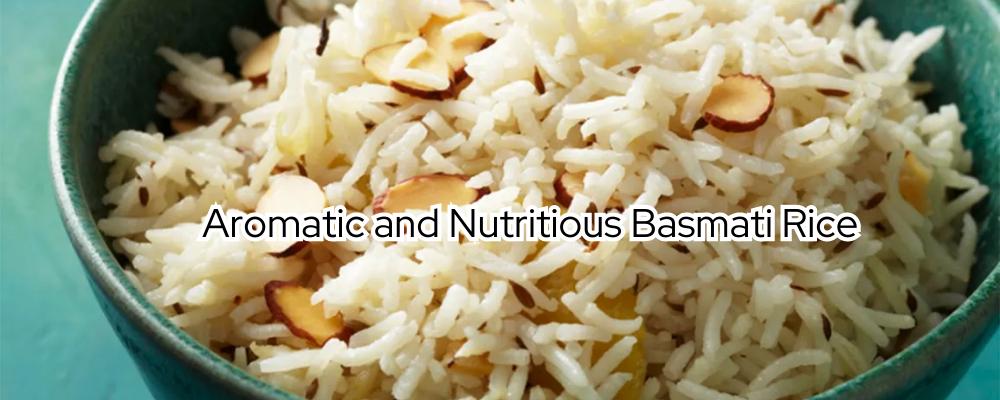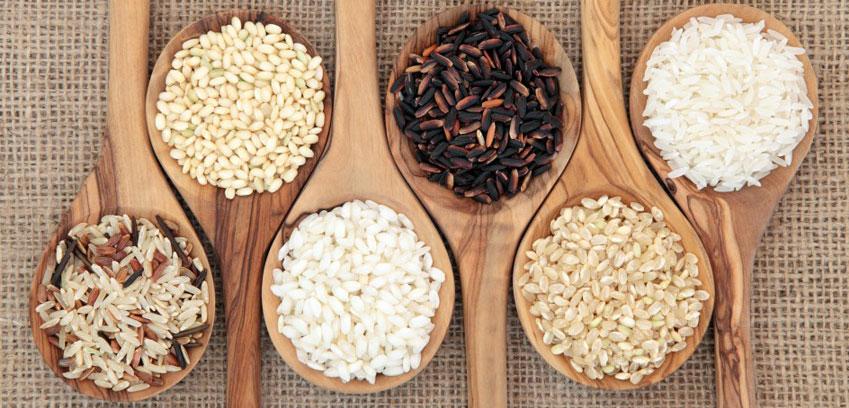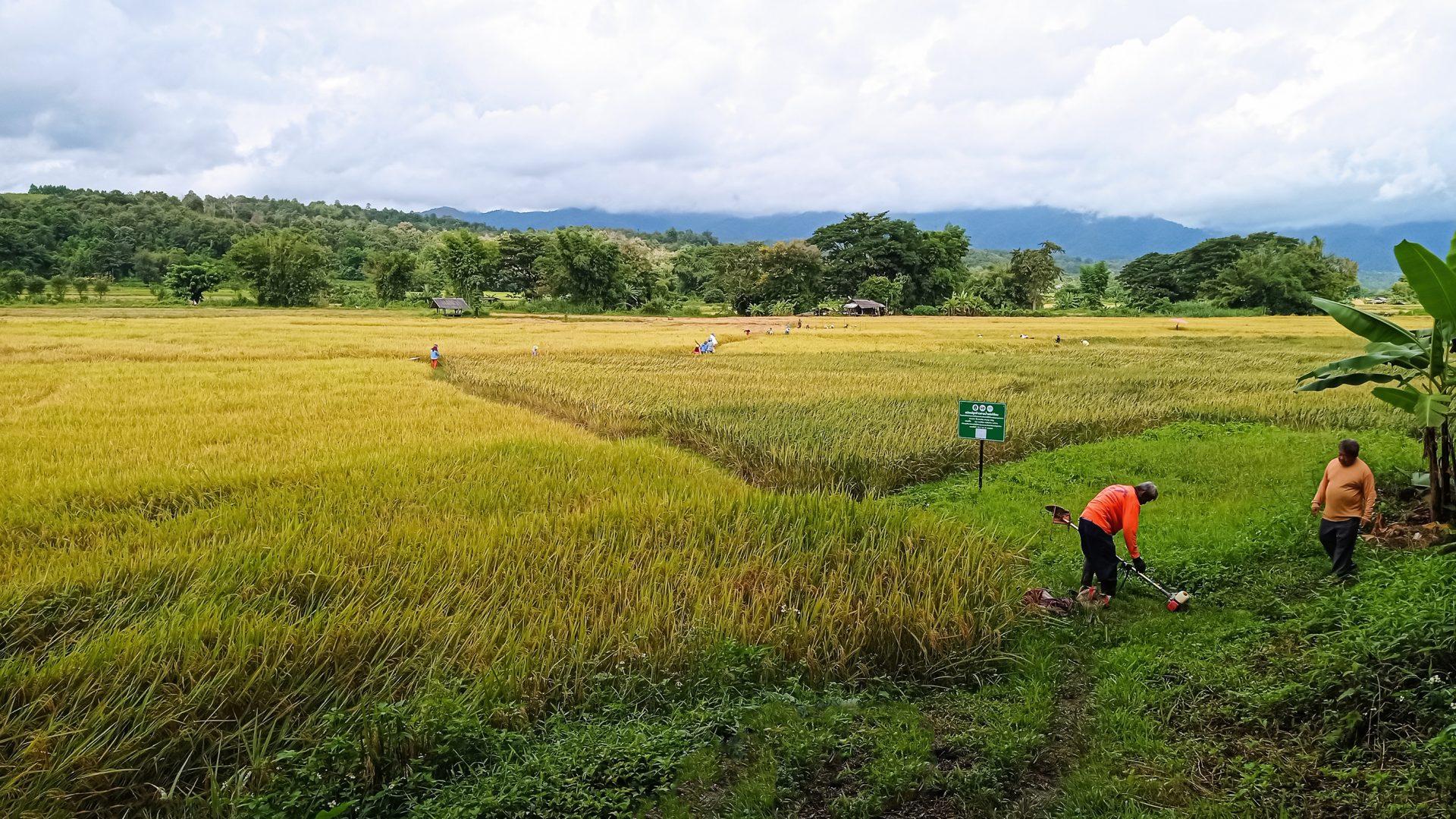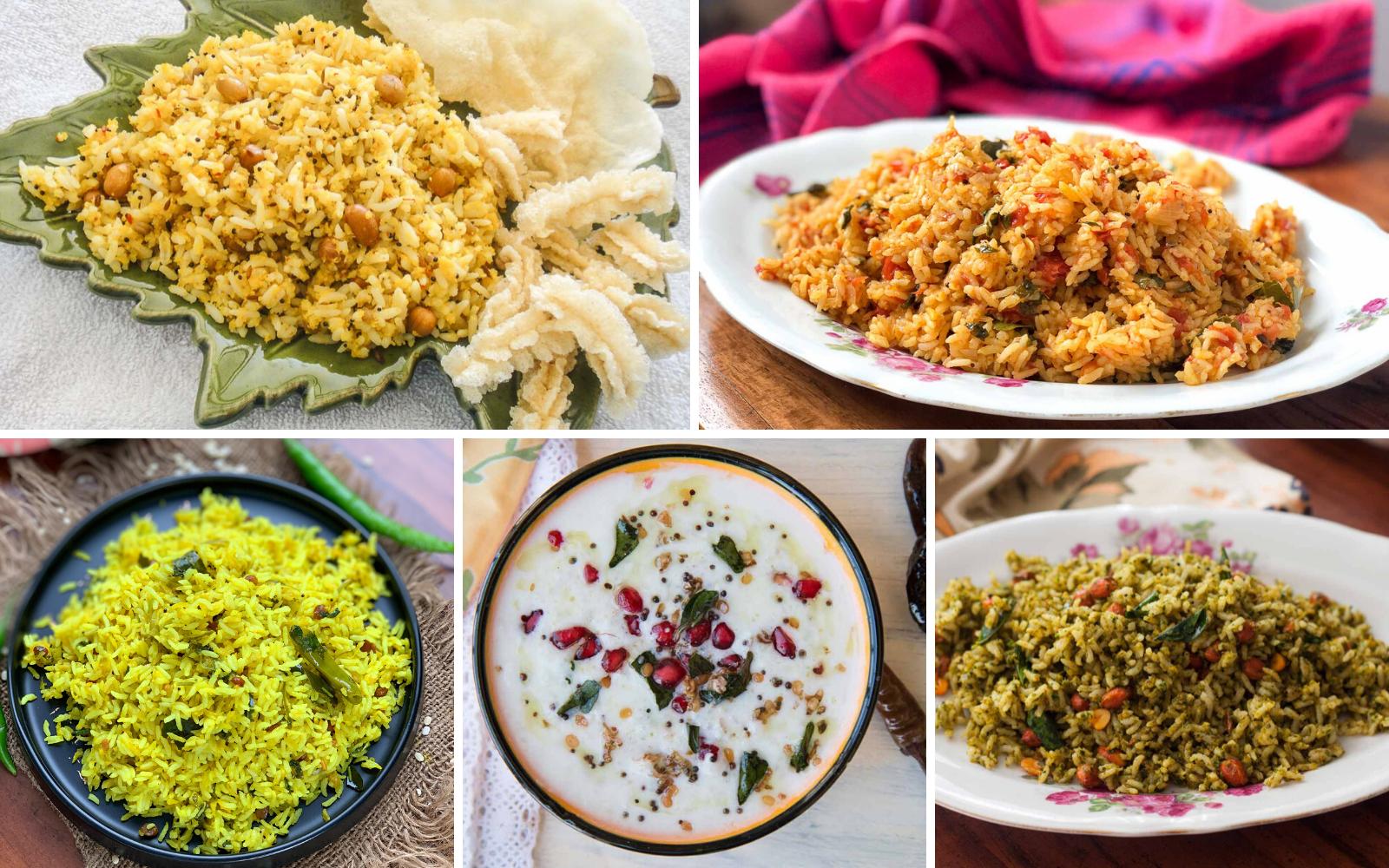The Aromatic and Nutritious Basmati Rice
Basmati rice is a long, slender grain rice that is aromatic and flavorful. Originally from India and Pakistan, basmati rice has become popular all over the world due to its unique taste and texture.
What Makes Basmati Rice Special?
Unlike other types of rice, basmati rice contains a natural aroma compound called 2-acetyl-1-pyrroline, which gives it its distinctive fragrant smell. When cooked, the grains of basmati rice elongate and almost double in size. The grains stay separate and flu�y rather than sticky. This creates a light, airy texture perfect for absorbing curries, sauces, or other dishes.
In addition to its fragrant aroma and flu�y texture, basmati rice also has some nutritional benefits. It is a good source of carbohydrates and has a low glycemic index, meaning it won't cause sharp spikes in blood sugar levels. Basmati rice provides certain B vitamins like thiamine, niacin, and folic acid. It also contains magnesium, zinc, and iron. Brown basmati rice contains more nutrients like fiber since the bran has not been removed.

The Di�erent Types of Basmati Rice

There are over 200 varieties of basmati rice. The two main types are white and brown basmati.
White basmati rice has had the outer bran layer removed. This helps give it a flu�er texture but removes some of the fiber and nutrients. White basmati is the more popular type and works well in pilafs, biryani, pulao, and other rice dishes.
Brown basmati rice retains its bran layer, giving it a light tan color. It contains more fiber, vitamins, and minerals than white basmati. The flavor is nuttier and the texture is chewier. Brown basmati rice takes longer to cook but is great in salads, stir-fries, and side dishes.
Aged basmati rice is aged for 1-2 years after harvesting. This aging process helps enhance the aroma and flavor. Aged basmati is more expensive but is considered a delicacy.
Where Does Basmati Rice Come From?
Basmati rice cultivation originated centuries ago in the Indian subcontinent. The earliest references date back to the 1800s in India and Pakistan. The word "basmati" means "full of aroma" or "fragrant" in Hindi.
The majority of the world's basmati rice production comes from northern India and Pakistan. Other countries like Thailand, Bangladesh, and the United States also grow
basmati rice. However, India accounts for over two-thirds of the global basmati rice supply. The regions of Himalayan foothills of Punjab, Haryana, and Uttarakhand are ideal for basmati rice cultivation.
To be legally called basmati rice in India, the rice has to be derived from specific varieties grown in these regions. Other countries do not have the same regulations, so it's important to check the true origin when purchasing basmati rice. Authentic Indian basmati is unique in aroma, elongation, and flavor.
How is Basmati Rice Grown?
Basmati rice requires specific conditions to grow properly. It thrives in humid subtropical climates with cool winters, hot summers, and plentiful monsoon rains.
The seeds are sown in nurseries first before transplanting them to flooded fields as seedlings. Basmati rice is sensitive to temperature and requires lots of water early on. During the growing season, irrigation canals provide water to keep the fields flooded.
After about 100-130 days, the basmati rice plant is ready for harvest. The grains are hand picked or harvested with threshers. Post-harvest, the grains undergo aging for several months to enhance their aroma, nutrition, and flavor. This natural aging process is unique to authentic Indian basmati rice.
How to Cook Basmati Rice

Cooking basmati rice is simple with the proper rice to water ratio. Here are some tips:
-Rinse the rice before cooking to remove excess starch. This helps prevent the grains from sticking.
-Use a 1:1.5 rice to water ratio for flu�y, separated grains. For 1 cup rice, use 1 �⁄� cups water.
-For extra flavor, try substituting broth or stock for the cooking water.
-Cook over medium heat until the water has evaporated and craters begin to appear in the rice.
-Reduce heat to low, cover, and let steam for 10-15 minutes more.
-Flu� with a fork before serving. Add cooked veggies, proteins, spices, or sauces.
Popular Basmati Rice Dishes

Basmati rice is used in a variety of delicious dishes across many cuisines:
Biryani - Spiced rice layered with meat, fish, or vegetables.
Pilaf - Basmati rice cooked in seasoned broth with vegetables or meat.
Pulao - Aromatic basmati rice mixed with herbs, spices, nuts, lentils.
Kheer - Indian rice pudding made with basmati rice and milk.
Congee - Chinese rice porridge made with chicken or pork.
Risotto - An Italian dish of creamy rice cooked in broth and wine.
Stir fry - Quick cooking with veggies, proteins, and soy sauce.
Fried rice - Chinese fried rice with egg, peas, carrots.
The flu�y, separate grains and aromatic flavor of basmati rice work well in many dishes. Experiment with worldwide cuisines!
How to Store Basmati Rice
Uncooked white basmati rice can be kept in an airtight container in a cool, dry pantry for 1-2 years. Brown basmati rice has a shorter shelf life of about 6 months due to the oil in the bran layer. Keep it refrigerated or frozen for longer storage.
Cooked basmati rice can be refrigerated for 4-6 days. For longer storage, freeze it immediately after cooking. Frozen rice can last for 2-3 months before losing flavor and texture. Reheat frozen rice in the microwave with a little water.
With its nutty aroma, flu�y texture, and versatility, it's easy to see why basmati rice is beloved around the world. Try this nourishing ancient grain in your favorite Indian, Asian, Middle Eastern, or fusion dishes.
End……………..




